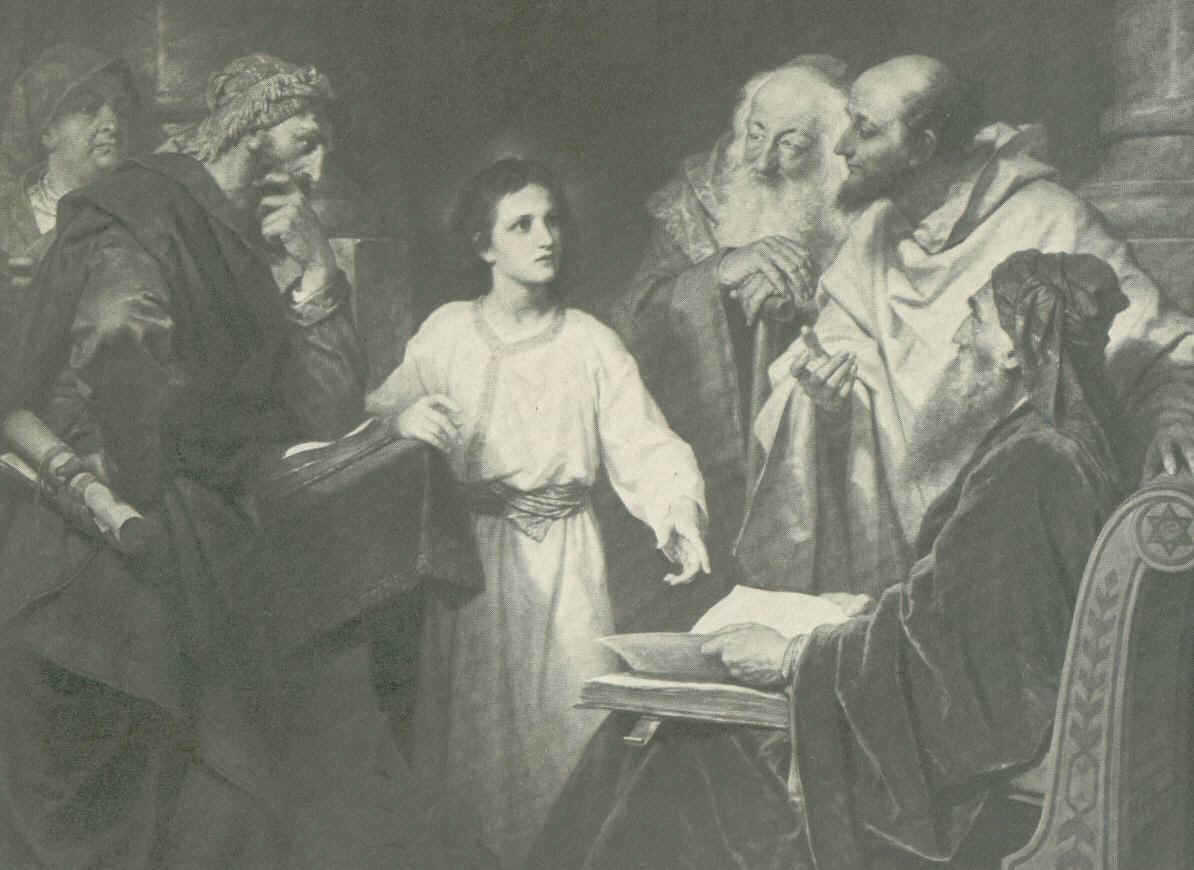The deeper malice of sexual misconduct by clergy and religious
Recent remarks by Pope Francis regarding the ‘lightness’ of “sins below the belt” are receiving various responses, but his comments, not wrong as far as they went, nevertheless prompt, I think, especially against the background of the clergy and religious sexual misconduct crisis, some observations as to how sins ‘below the belt’, even if they are generally reckoned among the lighter of the still-serious sins, become markedly more grievous when committed by clergy and religious. Appreciating how the status of a sinner can worsen the evil of a sin is important, I think, for addressing the Church’s sexual misconduct crisis to the degree it urgently needs.
At least two factors augment the moral malice of sexual misconduct by clergy and religious, namely, sacrilege and homosexual character. I will outline these two factors here, but would alert readers to other important information regarding the incorporation of moral theology materials into canon law that I offered in Roman Replies and CLSA Advisory Opinions 2009: 133-138.
Sacrilege itself, though gravely evil (CCC 2120), is not a crime under either the Johanno-Pauline Code of Canon Law or the Code of Canons of the Eastern Churches. Sacrilege is a qualifying element of desecration of the Eucharist (1983 CIC 1367, 1990 CCEO 1442) and it undergirds criminalizing, for example, the profanation of sacred objects (1983 CIC 1376, 1990 CCEO 1441) and some physical attacks on clergy (1983 CIC 1370, 1990 CCEO 1445), but in other respects sacrilege per se is not directly actionable under current canon law.
The Pio-Benedictine Code of Canon Law, in contrast, not only recognized sacrilege as a qualifying element in several canonical crimes (Jone, Commentarium III: 509; Ayrinhac/Lydon, Penal Legislation 181) but, per 1917 CIC 2325*, it made sacrilege itself a crime punishable “according to the gravity of the fault”. However seldom that norm seems to have been applied in its day, the failure to carry Canon 2325 into the 1983 Code leaves bishops bereft of a direct remedy against the offense of sacrilege itself (and, by the way, of a canonical response to superstitious practices, another ill that spreads rapidly among the faithful in evil times such as these).
The manual moralists writing before Vatican II identified three kinds of sacrilege, namely, “personal” (involving persons set aside for God, such as clergy), “local” (involving sacred places such as churches), or “real” (involving blessed objects such as chalices). Jone-Adelman, Moral Theology 108-111; Davis, Moral and Pastoral Theology II: 33-36; Prümmer, Handbook 204-206. All three forms of sacrilege identified by the moralists were criminalized by Canon 2325 of the 1917 Code. Dom Augustine, Commentary VIII: 314-315; Beste, Introductio 1051. Here, that form of personal sacrilege committed by sexually-active clergy or religious, described by some commentators as ‘carnal sacrilege’, interests us.
Setting aside whether specific instances of clergy sexual misconduct might have also been crimes under civil law (e.g., rape) or were punishable as a distinct offenses under canon law (e.g., offenses against minors), a sense of the deep depravity involved in every act of ‘carnal sacrilege’ is seen in Bernard Häring’s 1963 treatment of “Sacrilegious impurity” wherein he wrote: “All sins of impurity between persons who have pledged themselves to unmarried chastity for the kingdom of heaven either by a vow of chastity or by entering the state of celibacy are sins of sacrilege. The same is true if only one of the persons is consecrated by vow or the special state of chastity. … Indeed all sins of impurity committed by those especially consecrated to God (whether alone or with others) are sacrilege.” Häring, Law of Christ III: 301. Häring, in common with other moralists, recognized all sins by the baptized as ‘sacrilege’ in a broad sense, of course, but he singled out those in Holy Orders or religious life for special attention in virtue of their “sacral” consecration. Häring, Law of Christ II: 210-211; Naz, ed., Traité IV: 717. In brief, the higher the state of life to which one is admitted the more serious are offenses against the dignity and duties of that state. Indeed, Davis, Moral and Pastoral Theology I: 60 uses the sexual sin of one under a vow of chastity as an example of how the status of sinner can increase the malice of a sin. Thus to think of clergy sexual misconduct as just another form of ‘sins below the belt’ would be to disserve the truth that sexual sins, when committed by clergy and religious, are more vicious than when committed by others.
A second factor aggravates the malice of ‘sins below the belt’ when committed by clergy (and often religious); it arises from the fact that the overwhelming majority of clergy sexual misconduct (against minors or otherwise) is homosexual in nature.
Turning again to the manual moralists, they identified various forms of sin (see Davis, Moral and Pastoral Theology I: 34-63; Roberti, ed., Dictionary of Moral Theology, s.v. Sin, species of, at 1135-1136), including sexual sin, and found in them gradations of evil, ranging from light to grievously wrong.
Looking only at the sexual act (and setting aside several factors not here relevant), moralists identified three main types of sexual intercourse that were morally illicit, namely, fornication (male-female), sodomy (male-male), and bestiality (human-animal). Davis, Moral and Pastoral Theology, II: 237-238, 246-247; Jone-Adelman, Moral Theology 159-160. All three acts were deemed gravely sinful, but the evil of illicit sexual intercourse present in non-conjugal male-female relations was worse in male-male acts and worse still in human-animal situations. Indeed, homosexual acts (and bestiality) were described as “the worst sin” in the famous instruction from the Holy Office, Crimen sollicitationis (1962) nn. 71-74. To the extent, then, that clergy sexual misconduct is overwhelmingly perpetrated against males (by other males, of course), these acts of ‘carnal sacrilege’, besides whatever harms they inflict upon victims, are again more grievous in themselves than a simple description of such acts as being ‘sins below the belt’ might suggest.
I have many times lamented the generally weakened (but not eviscerated) state of penal canon law in the Church but have nevertheless pointed to plausible theories of canonical prosecution against sexually offending clergy and religious under the Code as it is. Besides the enforcement of canons already applicable against certain offenders, Canon 1399 is also available for consideration, but a blog is not the place to work out the mechanics of such cases nor to review the canonical defenses that, in justice, those accused of sexual offenses may raise.
Instead, in light of the augmentation of the moral malice of sin that one’s status and dignity as a cleric or religious produces in cases of sexual misconduct, I conclude these thoughts by simply recalling, with emphasis added, Canon 1326 § 1 of the 1983 Code which states “A judge can punish the following more gravely than the law … has established: … 2° a person who has been established in some dignity or who has abused a position of authority or office …”.
* 1917 CIC 2325. Whoever excites superstition or perpetrates a sacrilege is to be punished by the Ordinary according to the gravity of the fault, with due regard for the penalties established by law against such superstitious or sacrilegious acts.



Comments are closed.